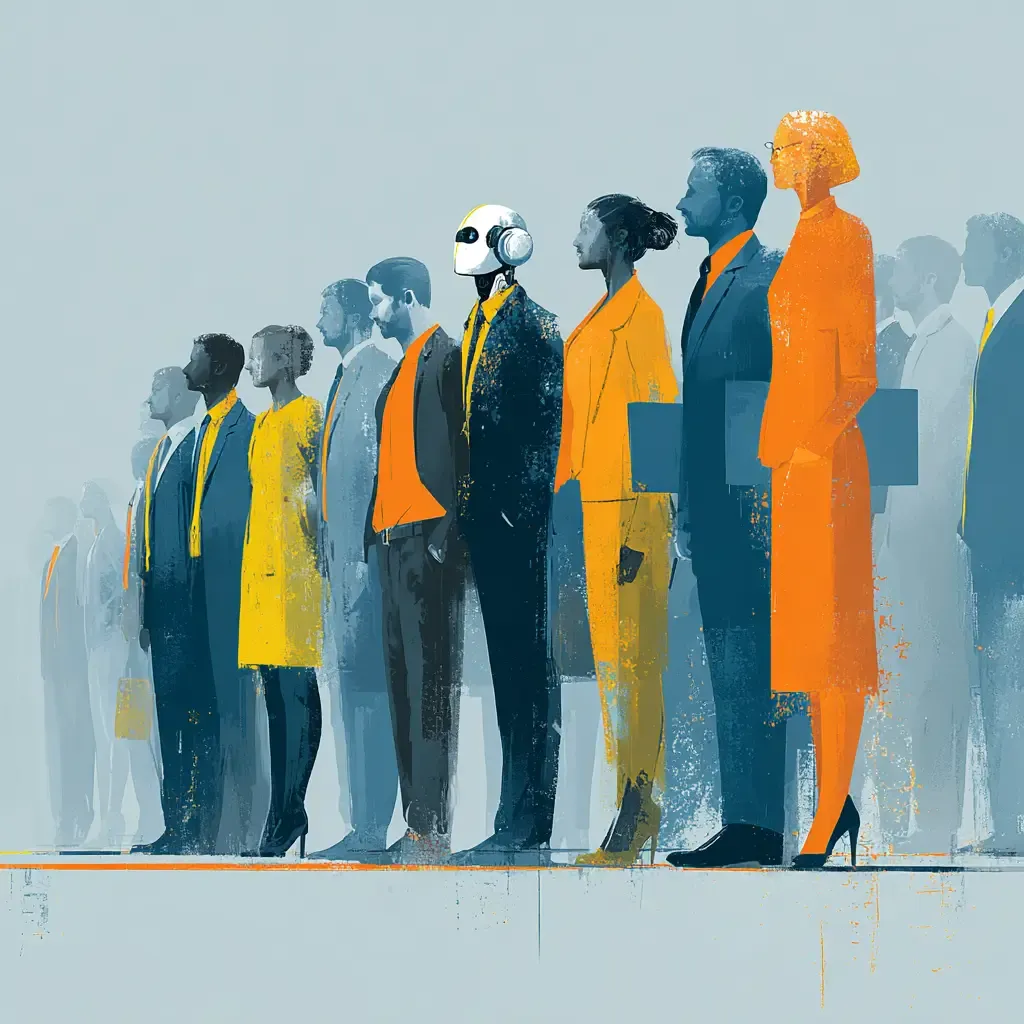How unspoken frustration and fatigue silently derail even the best-planned transformations
TL;DR: Emotional debt is the hidden backlog of frustration, distrust, and fatigue that builds up when people feel ignored or overburdened. Left unchecked, it compounds like interest—fueling resistance, turnover, and failed initiatives. Change leaders must name it, track it, and design repair into their strategies if they want lasting results.
There’s a kind of fatigue that doesn’t show up in your project dashboard
It doesn’t get flagged in status meetings. It’s rarely mentioned by name. But it spreads fast—across teams, functions, and entire organizations. And by the time you see the symptoms, the damage is already done.
Organizational psychologists have a term for it: emotional debt.
What Is Emotional Debt?
Emotional debt is the accumulated fatigue, frustration, and quiet resentment that builds up when people feel: Emotional debt is the accumulated fatigue, frustration, and quiet resentment that builds up when people feel:
- Overloaded but under-supported
- Spoken to but not heard
- Asked to adapt without being included
- Told to trust the process—but never shown the why
It’s the debt we incur when we treat people like implementation assets instead of human beings navigating disruption.
And like technical debt, it doesn’t go away on its own.
Where It Shows Up in Change Work
You’ll know emotional debt is in the air when you start hearing:
- “Another change? What now?”
- “We’ve done this before. It didn’t work then either.”
- “They say they want feedback, but it’s already decided.”
- “Why bother? It’ll change again in six months.”
These aren’t just signs of burnout—they’re signs of accumulated disappointment. And each time a new initiative launches without addressing it, the interest on that debt compounds.
Left unmanaged, emotional debt leads to:
- Passive resistance
- Change fatigue
- Quiet quitting
- Team fragmentation
- Increased turnover—especially of your most emotionally intelligent leaders
Why Change Leaders Should Take This Seriously
If your change plan doesn’t acknowledge emotional debt, your timeline is fiction.
Because people don’t resist change—they resist being hurt again.
That’s what debt does. It adds emotional weight to even the best-designed efforts. Your thoughtful comms won’t land. Your elegant training won’t stick. Your town halls will feel performative.
This isn’t about being “softer” or “nicer.” It’s about being real.
Acknowledge the cost people have paid to keep going. Name it. Normalize it. And start making deposits to repair the damage.
What To Do Instead of Ignoring the Signs
1. Start a Running Ledger
Create a simple team-level check-in or survey that tracks:
- Emotional temperature (1–5 scale)
- Trust in leadership
- Perceived level of voice/influence
- “What’s one thing we could do better right now?”
You don’t need a therapist. You need a signal.
2. Audit the Moments That Hurt
When did trust fracture? What processes made people feel disposable? What policies signaled “you don’t matter”?
Emotional debt builds during the moments we write off as “necessary” or “hard calls.” Don’t just justify them—process them.
3. Design with Repair in Mind
Bake repair into your change strategy:
- Use storytelling to acknowledge past missteps
- Build two-way feedback loops into your cadence
- Let leaders show emotional fluency (even if it’s a little uncomfortable)
You can’t erase emotional debt. But you can begin to repay it.
Final Thought
If your change program feels stuck, the problem might not be resistance. It might be debt.
Not budgetary. Emotional.
Because every org carries a balance. And the best change leaders are the ones who stop pretending it’s invisible—and start building trust like it’s the most strategic asset they have.
Because it is.
ChangeGuild: Power to the Practitioner™
Frequently Asked Questions
Q: What is emotional debt in organizations?
A: Emotional debt is the accumulated fatigue, frustration, and resentment that builds when people feel unheard, unsupported, or dismissed during periods of change.
Q: How is emotional debt different from burnout?
A: Burnout often shows up as individual exhaustion, while emotional debt is collective—it compounds across teams and organizations, shaping culture and trust.
Q: What causes emotional debt in change programs?
A: It often stems from repeated initiatives that fail to acknowledge past disappointments, leaders who communicate without listening, and policies that signal people don’t matter.
Q: What are the warning signs of emotional debt?
A: Common signals include skepticism (“This won’t work”), disengagement (“Why bother?”), or quiet resistance that slows momentum.
Q: Why should change leaders care about emotional debt?
A: Because unacknowledged emotional debt makes timelines fiction—initiatives stall, training doesn’t stick, and communications lose credibility.
Q: Can emotional debt ever go away on its own?
A: No. Like technical debt, it compounds over time unless actively addressed.
Q: How does emotional debt affect high performers?
A: It disproportionately drives away emotionally intelligent leaders, who often shoulder invisible burdens until they disengage or leave.
Q: What’s the financial cost of emotional debt?
A: It leads to higher turnover, productivity loss, and stalled projects—costs that far outweigh the effort of addressing it.
Q: How can leaders measure emotional debt?
A: Use lightweight check-ins or surveys to track emotional temperature, trust in leadership, and sense of influence.
Q: What role does trust play in emotional debt?
A: Broken trust is at the core. Without rebuilding trust, even the best-designed change plans will struggle.
Q: How do you “repay” emotional debt?
A: Leaders must acknowledge past missteps, create authentic two-way feedback loops, and show emotional fluency in their actions.
Q: Is addressing emotional debt just “being nice”?
A: No. It’s not about being softer—it’s about being real, naming costs, and repairing trust as a strategic asset.
Q: How can storytelling help address emotional debt?
A: Storytelling validates lived experiences, acknowledges past failures, and shows commitment to doing better—building trust in the process.
Q: What practical first step can change leaders take?
A: Start a “running ledger” of emotional signals at the team level to surface issues before they harden into resistance.
Q: What happens if organizations ignore emotional debt?
A: Change fatigue deepens, resistance grows, and even the most well-funded transformation risks failure.
This post is free, and if it supported your work, feel free to support mine. Every bit helps keep the ideas flowing—and the practitioners powered. [Support the Work]







